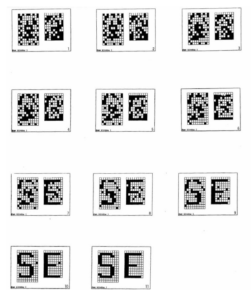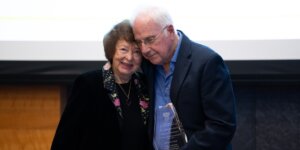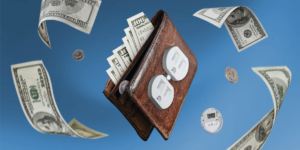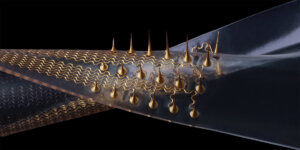
“Self-organizing order out of chaos: A noisy stimulus leads to asynchronous recall in a feedback bidirectional associative memory (BAM).”
Bart Kosko, a USC professor of electrical and computer engineering, has received the prestigious Hebb Award from the International Neural Network Society (INNS) for his career-long contributions to the field of neural learning.
The award was presented in June at INNS’ International Joint Conference on Neural Networks in Queensland, Australia.
Kosko, who also is a professor at the USC Gould School of Law, has enjoyed an eclectic career at the university. He came to USC from Kansas on a scholarship for music composition, then earned bachelor’s degrees at USC in philosophy and mathematical economics, inspiring his neural work. The university hired him in 1987 to join the then-new Neural, Informational and Behavioral Sciences program. He has also published several textbooks, trade books (including, in 1993, “Fuzzy Thinking: The New Science of Fuzzy Logic”) and novels.
He said the Hebb Award, named for the influential Canadian neuroscientist Donald O. Hebb (1904-1985), “stems from the famous Hebbian correlation hypothesis of synaptic learning that ‘neurons that fire together wire together.’ ”

Bart Kosko
Kosko’s neural work has introduced differential Hebbian learning for neural and causal learning in feedback systems, inspired by the writings of philosopher John Stuart Mill; the unsupervised-learning family of adaptive bidirectional associative memory (ABAM) models for real-time equilibration in large-scale brain models, inspired by how prices equilibrate large markets; and more recently the noise-boosting of backpropagation learning for large-scale deep neural networks in AI.
The figure above shows how asynchronous on-off neurons in a feedback BAM self-organize to recall and reconstruct a stored pattern given a noisy stimulus, without supervision or central coordination.
Published on June 30th, 2023
Last updated on May 16th, 2024













